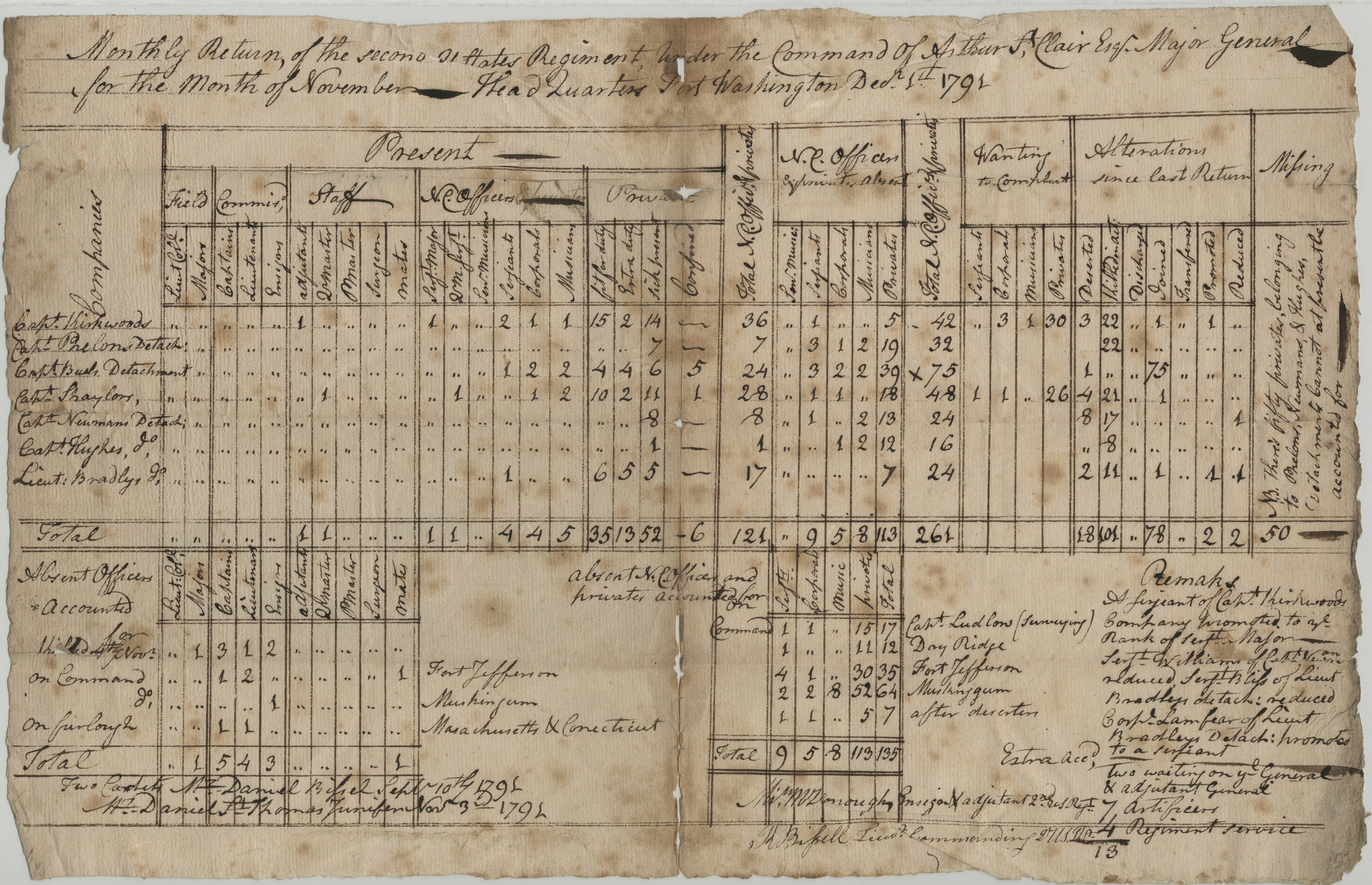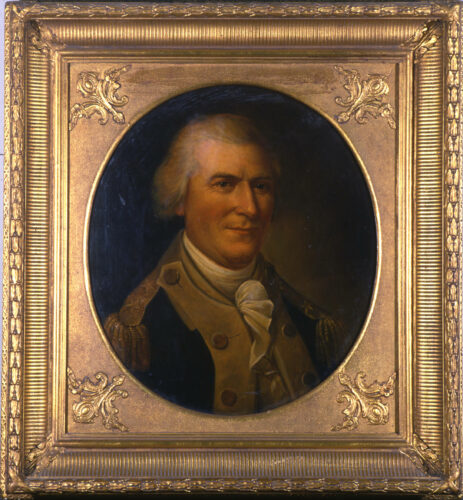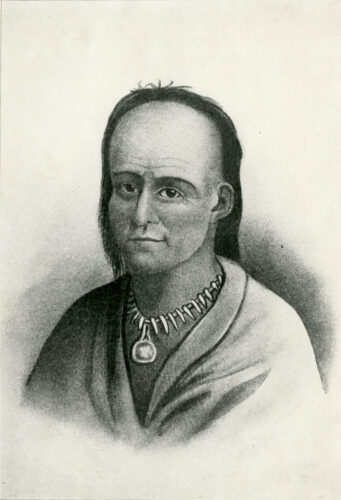St. Clair’s Defeat

Arthur St. Clair, one of George Washington’s favorite generals and the first governor of the Northwest Territory, had a military and political career that ranged from glory to disaster. Unfortunately, the disaster that occurred on November 4, 1791, was also one of the first tests of the fledgling U.S. Army.
St. Clair was born in Scotland in the mid-1730s. After fighting for the British in the French and Indian War, he resigned his commission and settled in Pennsylvania. In 1776 he accepted a commission in the Continental Army, crossed the Delaware River with George Washington, and took part in the ensuing battles at Trenton and Princeton. After a controversial retreat from the Battle of Fort Ticonderoga, he served as an aide-de-camp to Washington for the rest of the Revolutionary War.

In 1785 St. Clair was elected to represent Pennsylvania in the Confederation Congress; he served as its president in 1787. The Northwest Ordinance was enacted during his tenure, and the congress members named St. Clair the Northwest Territory’s first governor. When American Indians already living in the territory resisted settlement on their lands, St. Clair decided to personally lead troops against them.
In September 1791, he left Fort Washington with a mixed force of regular soldiers and semi-trained militia. The weather was cold and wet and supplies were scarce, but St. Clair and his men finally arrived near the headwaters of the Wabash River on November 3. Miami chief Michikinikwa (also known as Little Turtle) and Shawnee chief Weyapiersenwah (also known as Blue Jacket) led a confederation of warriors against St. Clair’s troops before dawn the following morning. Many of the militiamen fled. St. Clair had two horses shot out from under him, and several bullets left holes in his clothes. After four hours of fighting, St. Clair and his remaining troops began a long retreat. Of the roughly 1400 men who set out from Fort Washington, more than 850 were killed or wounded–nearly half of the entire U.S. Army. “St. Clair’s Defeat,” also called the Battle of the Wabash or the Battle of a Thousand Slain, remains the worst defeat of U.S. troops by American Indians in history.

The defeat also sparked the first Congressional inquiry, which set precedents that are still in place today regarding Congressional power to investigate government actions. After a House debate that included several signers of the Declaration of Independence and the input of President Washington, a House committee held public hearings to determine the cause of the catastrophe. After reviewing the evidence, the committee laid the blame on a lack of experienced troops and mismanagement by the quartermaster and contractors. The committee’s report stated that St. Clair had “discharged the various duties which devolved upon him, with ability, activity, and zeal.”
St. Clair resigned from the Army but remained governor of the Northwest Territory. However, when his bid to oppose Ohio statehood failed, President Thomas Jefferson removed him from office. St. Clair retired to Pennsylvania, where he suffered financial problems. He died in a small log cabin in 1818.
Thank you to Stephanie Michaels, Research and Catalog Services Librarian at the State Library of Ohio, for this week’s post!



Leave a Reply
You must be logged in to post a comment.